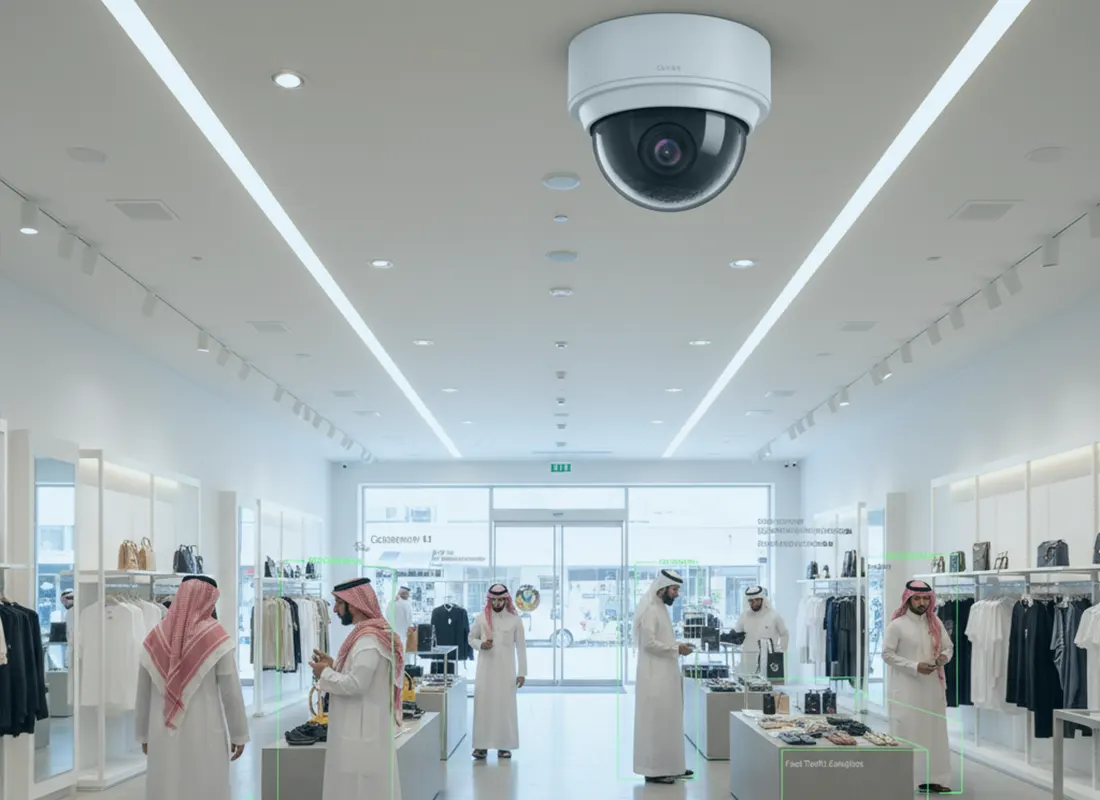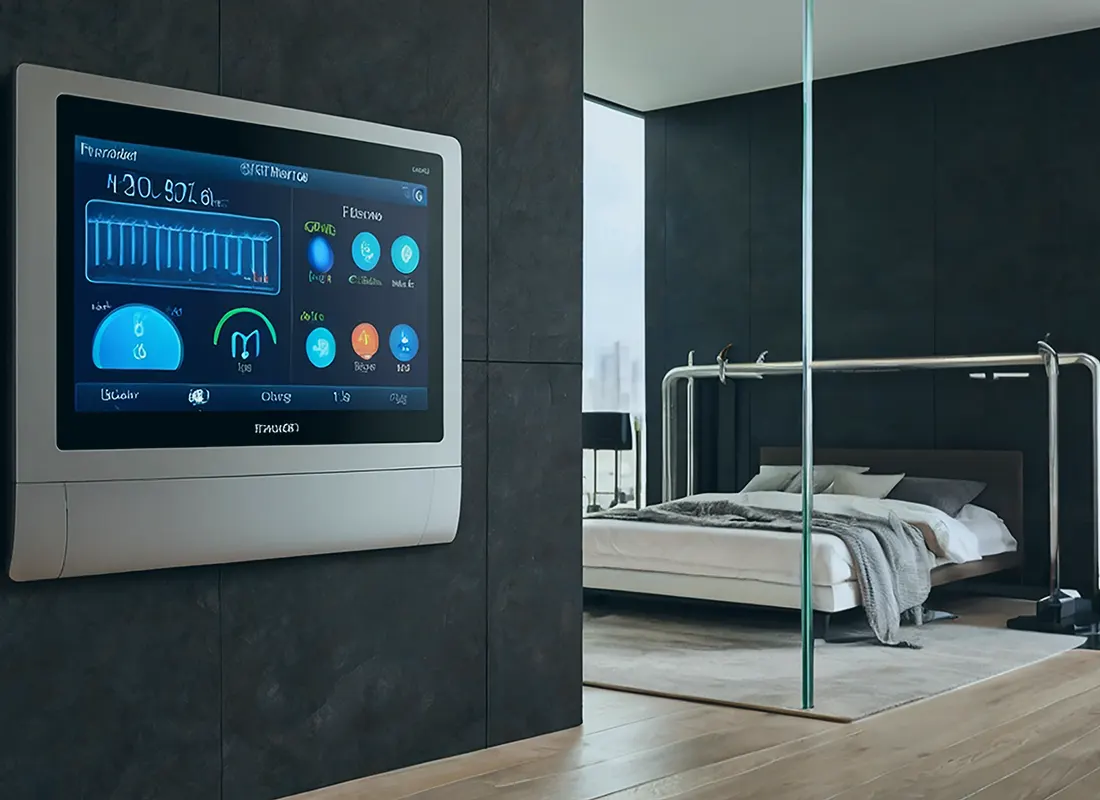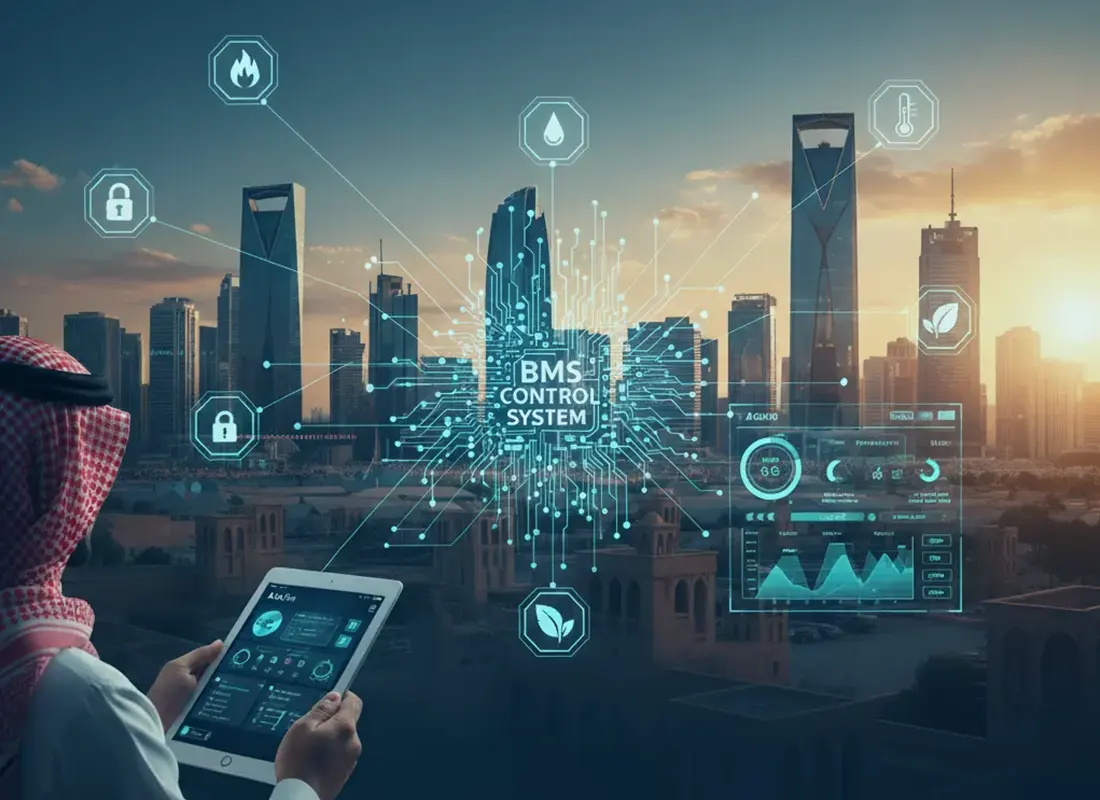
Saudi Construction Boom Driven by Vision 2030 Projects
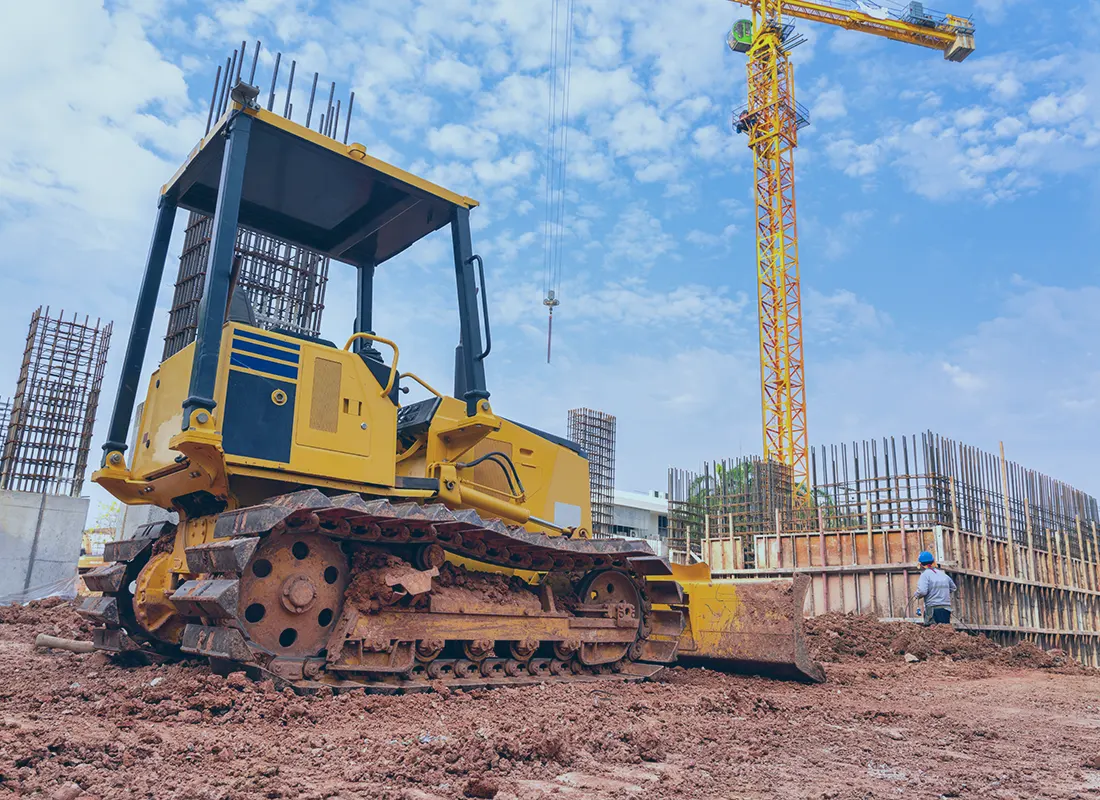
Saudi Construction Boom Driven by Vision 2030 Projects
The Saudi Arabia Construction Market was estimated by USD 104.76 billion in 2024. It will likely to hit USD 174.37 Billion in 2030, growing at a rate of 8.70 percent
The market is in transformation, fueled by the strategic goals in the Vision 2030 initiative, which is designed to diversify the nation’s economy and decrease its dependence on oil-based revenues. The key to this vision is mega-infrastructure initiatives like NEOM, Qiddiya, and the Riyadh Metro, which underscore an overall shift towards smart cities and sustainable urban environments and a more technologically advanced public space.
These developments are a reflection of a larger emphasis on modernization of the economy and the pursuit of innovation. Parallel to this, Public-Private Partnerships (PPPs) and privatization programs are encouraging the involvement of the private sector in the expansion of infrastructure. Despite the labor and regulatory hurdles however, the market continues to develop with a heavy emphasis on the use of digital construction technology such as modular construction techniques and sustainable construction methods. As the Kingdom transforms its economic landscape and the construction industry remains an essential element of development for the country and is driving progress with huge, ambitious investments and international collaborations.

Key Market Drivers: Vision 2030 and Economic Diversification
The main driver behind forward Saudi Arabia Construction Market is the Vision 2030 agenda, a comprehensive strategy for the nation to reduce its dependence on oil while also developing non-oil industries. The initiative, which was launched by the Crown Prince Mohammed bin Salman and has resulted in more investments in infrastructure urban development, urbanization, and the development of new industries. With more than SAR 12 trillion (~USD 3.2 trillion) expected investments in 2030. Vision 2030 emphasizes large-scale creation of economic zones, smart cities as well as integrated transport systems.
Projects like NEOM and Qiddiya show the ambitions of the strategy which is to establish Saudi Arabia as a global destination for tourism, innovation and entertainment. These projects significantly increase demand in the commercial, residential and industrial construction sectors. In the end, the construction industry plays an important role in creating jobs, attracting foreign investment and helping the Kingdom transformation to a more diverse as well as sustainable economy.
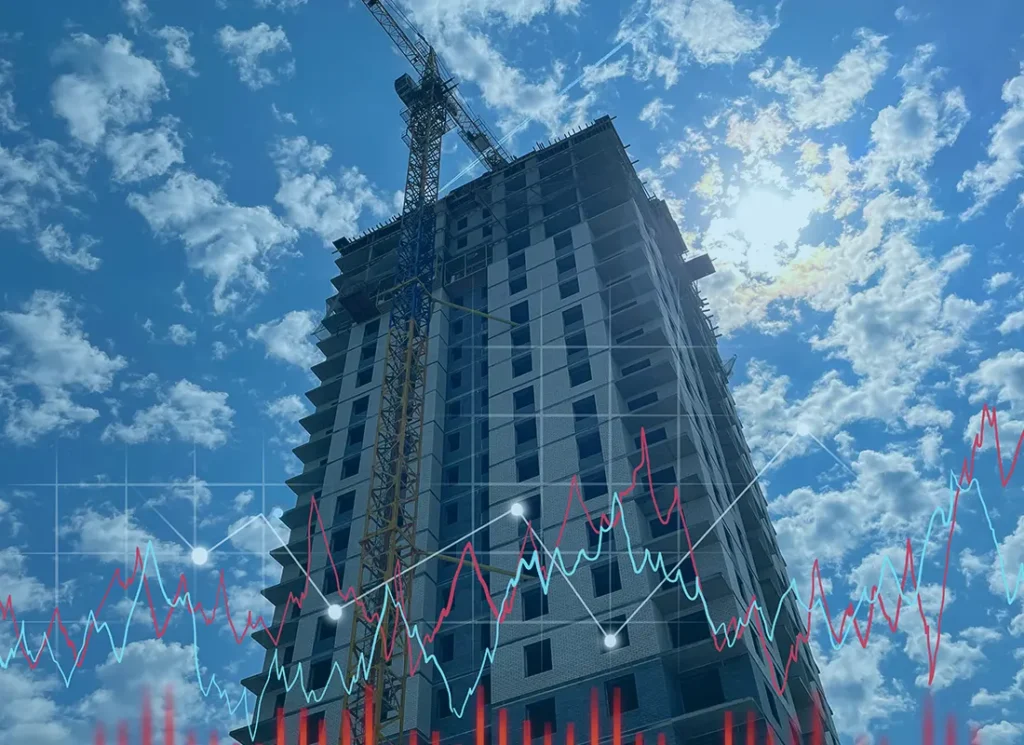
Key Market Challenges: Regulatory Complexity and Administrative Hurdles
The Saudi construction industry faces significant problems resulting from complicated regulatory procedures and administrative bottlenecks. Although Vision 2030 has created a positive growth environment, gaps in the regulatory framework remain a hindrance to the execution of projects. Construction requires navigating multiple jurisdictions and complying with different standards of regulation in the areas of environmental, zoning and safety aspects. This may lead to delays in getting permits and approvals, impacting the timeline of projects and increasing costs.
Furthermore, the burden of bureaucracy that comes with licensing and documentation causes inefficiencies, which hinders the ability to adapt to changing market demands. The solution to these issues is through simplified regulations, better transparency, and simplified approval processes will be crucial for creating a more flexible and more investment-friendly construction market.
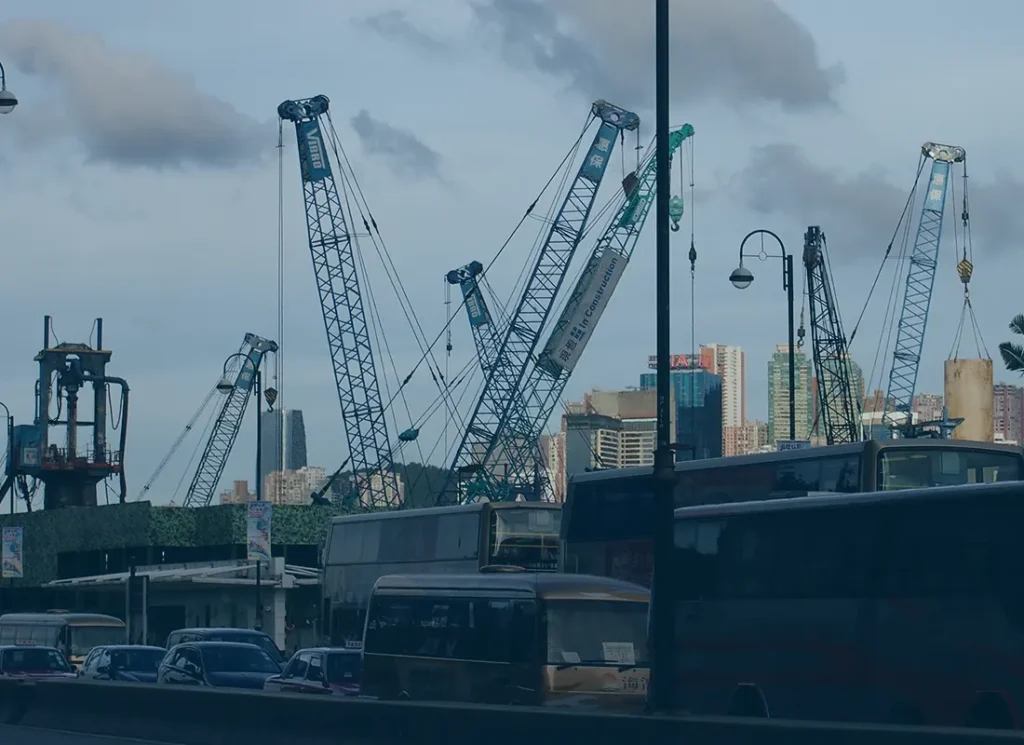
Key Market Trends: Mega-Projects Driving Transformation
One major trend that is evident within the Saudi Arabia Construction Market is the rise of mega-projects which transform the nation’s economy and geographical landscape. Based on Vision 2030, projects such as NEOM, Qiddiya, and the Red Sea Project represent a strategic move towards diversifying economic growth and the world’s leading position in tourism and technology. NEOM has an estimated expenditure of around USD 500 billion and aspires to be a model for the future of cities that are focused of sustainability as well as digital technology. Qiddiya hopes to become an international sport and entertainment destination and The Red Sea Project targets eco-tourism and development of the coastal zone. These major initiatives not only create demands for materials used in construction and workers as well as set the new standards in the field of urban planning and sustainability. By the integration of cutting-edge technologies as well as environmental stewardship and an innovative architectural concepts These projects are changing the possibilities of modern construction, and establishing Saudi Arabia as a key actor in the global development of infrastructure.
